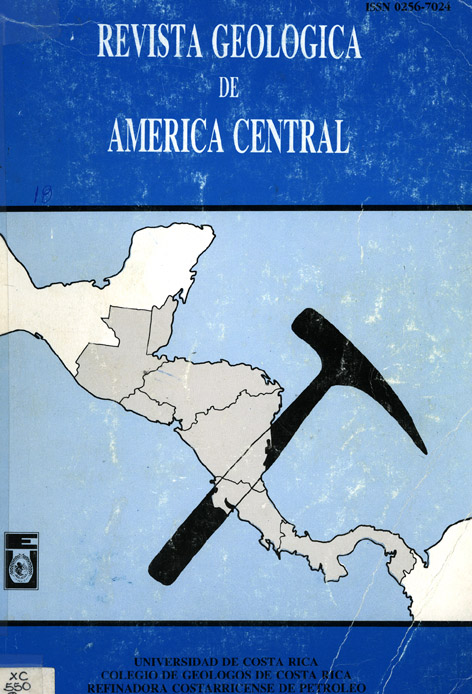Abstract
Three gneiss blocks were found on the beach of Finca Curazao, during a fieldwork in Isla de Chira. The blocks are 40 x 30 x 20 cm sized, and small sea-reworked fragments appeared in the same locality during low tide. The rocks are of two different types: a) a pelitic paragneiss with distene and b) a quartz-feldspathic paragneiss with biotite.
We discard the possibility that those gneisses crop out in the island or being clasts included in the surrounding outcropping breccias. This type of rocks are totally unknown in the outcropping geology of the country, where a crystalline basement is lacking. The only plausible explanation for the setting of the gneisses is by an anthropogenic transport. We discard as well, a prehispanic carrying, and we propose that those “exotic” blocks arrived to the island in some Spanish, pirate or English ship, between 16th and 19th centuries.






